Seven new Philippine sites have been added to the United Nations Educational, Scientific and Cultural Organization (Unesco) World Heritage Tentative List, bringing the total to 25.
On Feb. 1, the Unesco National Commission of the Philippines (Unacom) submitted to the World Heritage Center the country’s updated tentative list, which includes 14 natural sites, eight cultural sites and three mixed (natural and cultural) sites.
The natural sites are the Mount Mantalingahan Protected Landscape in southern Palawan; Mayon Volcano Natural Park in Albay; Turtle Islands Wildlife Sanctuary in Tawi-Tawi; Chocolate Hills Natural Monument in Bohol; Mount Malindang Range Wildlife Sanctuary in Misamis Occidental; Mount Pulag National Park straddling the provinces of Benguet, Ifugao and Nueva Vizcaya; Apo Reef Natural Park in Occidental Mindoro; El Nido-Taytay Managed Resource Protected Area in Palawan; Coron Island Natural Biotic Area also in Palawan; Mount Iglit-Baco National Park in Mindoro Island; and Northern Sierra Madre Natural Park and outlying areas, inclusive of the buffer zone.
Mantalingahan, Mayon and Turtle Islands have been on the tentative list since 2015, with Chocolate Hills, Mount Malindang, Mount Pulag, Apo Reef, El Nido-Taytay, Coron, Mount Iglit-Baco and Northern Sierra Madre on the list since 2006.
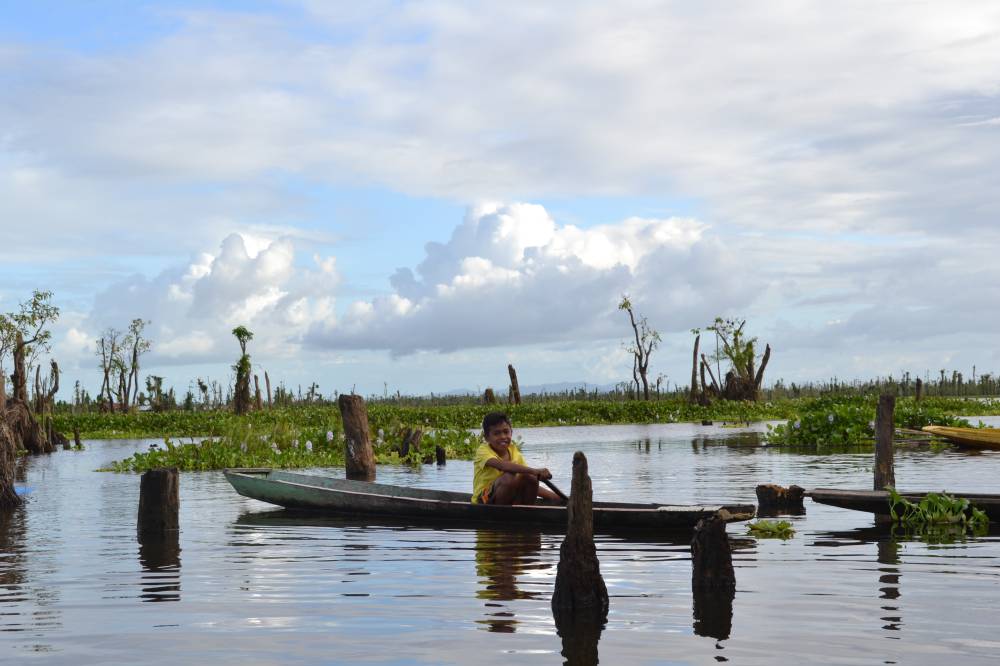
New natural sites added to the list include the Agusan Marsh Wildlife Sanctuary in Agusan del Sur, Samar Island Natural Park and the Pujada Bay Protected Landscape and Seascape, which is an added extension of the Mount Hamiguitan Range Wildlife Sanctuary World Heritage Site in Davao Oriental.Cultural sites
For cultural properties, in the list are The Tabon Cave Complex and all of Lipuun Point in Palawan (2006), Butuan Archaeological Sites in Agusan del Norte (2006) and an extension to the Baroque Churches of the Philippines (2006), which includes the churches of Tumauini in Isabela, Boljoon in Cebu, Loboc in Bohol, Lazi in Siquijor and Guiuan in Eastern Samar.
New to this list are Sugar Cultural Landscape of Negros and Panay Islands (including Guimaras), Colonial Urban Plan and Fortifications of the Walled City of Manila, and Corregidor Island and Historic Fortifications of Manila Bay.
READ: ‘Buklog,’ Subanen trance dancing, is inscribed in Unesco World Heritage List
Also new to this list are the extension for the Rice Terraces of the Philippine Cordilleras World Heritage Site, which will add the Ahin Rice terraces in Tinoc, Ifugao; Hingyon, Ifugao Rice Terraces Cluster of Cababuyan South, Northern Cababuyan, Mampolia, and Poblacion; Central Banaue Rice Terraces Cluster of Pula, Cambulo, Poitan, Tam-am, Amganad, Kinakin, Gohang, San Fernando, Uhaj, Bocos and Viewpoint; and the Ducligan Rice Terraces of Banaue.
Removed from this list are Paleolithic Archaeological Sites in Cagayan Valley (2006), Neolithic Shell Midden Sites in Lal-lo and Gattaran Municipalities in Cagayan Province (2006), Kabayan Mummy Burial Caves in Benguet (2006) and Petroglyphs and Petrographs of the Philippines (2006).
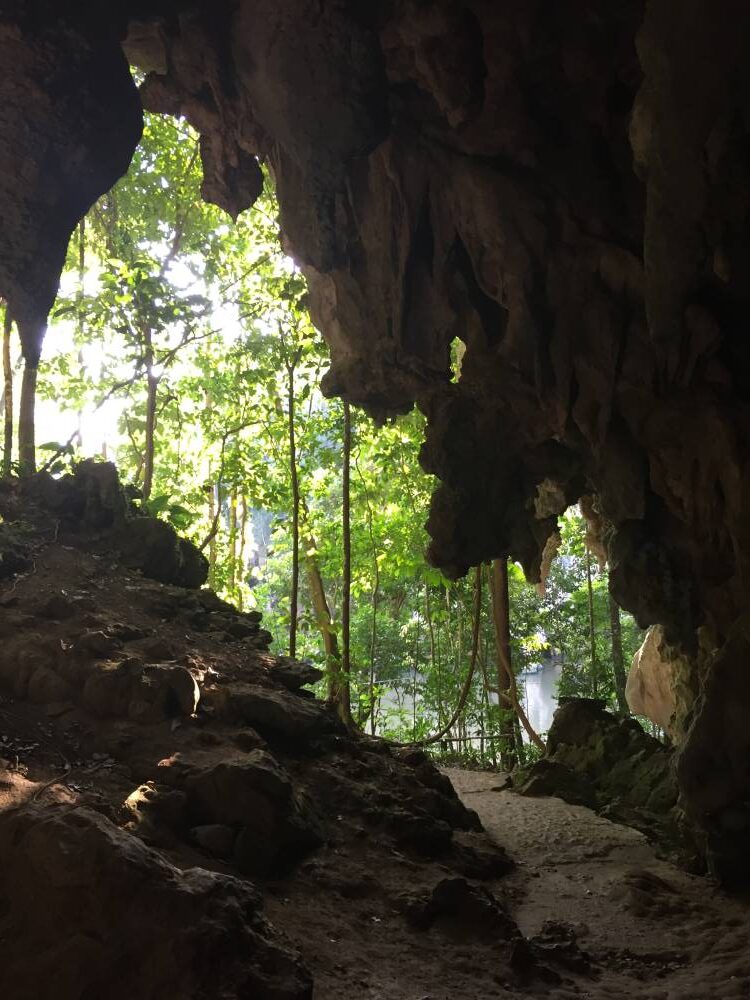
The first two were consolidated to form a new serial nominated property, the Prehistoric Sites of the Cagayan River Basin, while the last two were recommended to be dropped from the tentative list by the National Museum of the Philippines, most likely due to issues on their outstanding universal value (OUV).
Paragraph 49 of the World Heritage Convention states that OUV “means cultural and/or natural significance which is so exceptional as to transcend national boundaries and to be of common importance for present and future generations of all humanity.”
Mixed properties
An existing property on this list is the Batanes Protected landscapes and seascapes (1993), while two sites were recently added: Kitanglad and Kalatungan Mountain Ranges: Sacred Sites of Bukidnon and The Historic Towns and Landscape of Taal Volcano and its Caldera Lake in Batangas province.
The National Commission for Culture and the Arts (NCCA) endorsed the cultural sites, while the natural sites are endorsed by the Department of the Environment and Natural Resources (DENR). Both government institutions endorse mixed sites.
For a heritage property to be included in the tentative list and possible inscription as a World Heritage Site, it must have an OUV and should meet at least one of 10 criteria for inscription.
The Sugar Cultural Landscape, according to the NCCA, “showcases the legacy of the sugar industry brought by the industrialization of sugar production in the late 18th century, such as mills, factories, plantations, buildings and mansions, that reflect the social and economic dynamics of the late Spanish-colonial and American-colonial eras.”
Sugar was also produced without slave labor, as workers are “not bound by race, were not classified as chattel.”
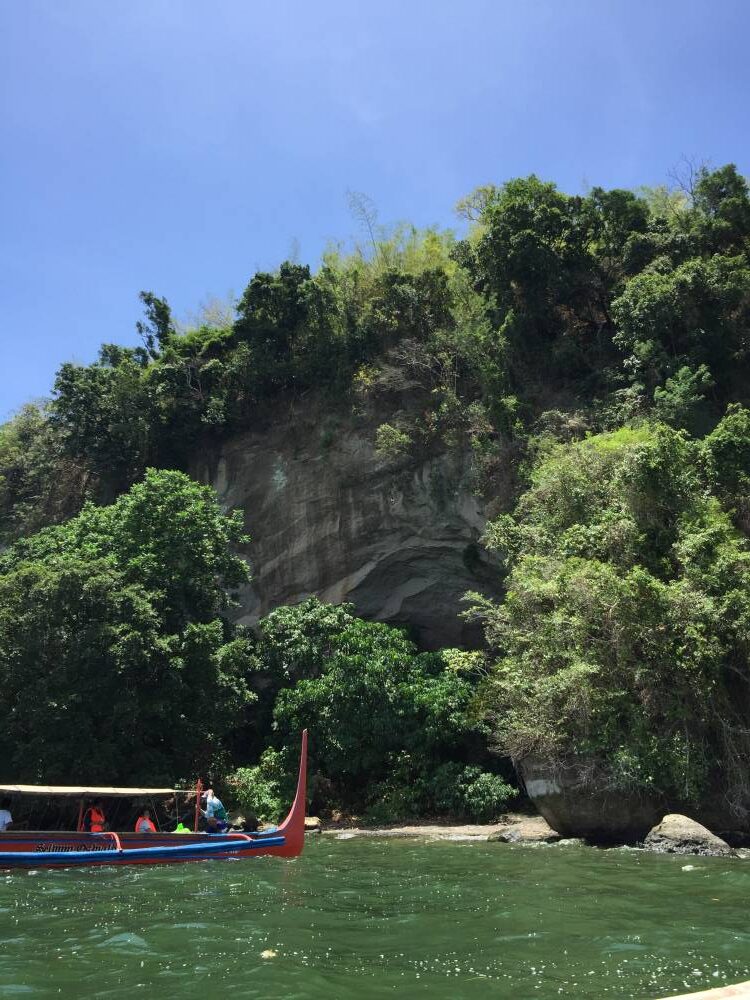
Manila’s Walled City was included in the tentative list since it “became the nexus of global trade in the Western Pacific, the crucial point of convergence between East and Southeast Asia with the Americas, and onward to Europe.”
It “was the focus of contestation between colonial powers, shaping the culture and identity of the Philippines, ultimately being reflected and reflected in its built environment—from its fortifications to its places of worship, the fusion of concepts developed in Europe and the Americas yet ultimately contextualized into the environment and culture of the Philippines and its people.”
For Corregidor, its fortifications are “outstanding examples of building and technological advancements in military fortifications, the fact that the island became a battlecry and a symbol of hope during the early dark days of World War II, the seat of the Philippine Commonwealth government in early 1942, and a major shrine for all sides today also underlines its significance.”
The DENR added the Agusan Marsh to the tentative list since it “hosts the last remaining intact and largest concentration of peatlands in the Philippines,” and is “a vital refuge for lowland forest biodiversity, safeguarding the largest expanses of swamp forests remaining in the Philippines.”
Exhaustive process
Due to rich biodiversity and high rate of endemism, Samar Island, another property on the list, “represents significant species from the Greater Mindanao faunal region, known for the high level of its lowland forest taxa,” while the Kitanglad and Katalungan mountain ranges is home to diverse flora and fauna and “one of the country’s priority protected areas and a prime spot for ecotourism.”
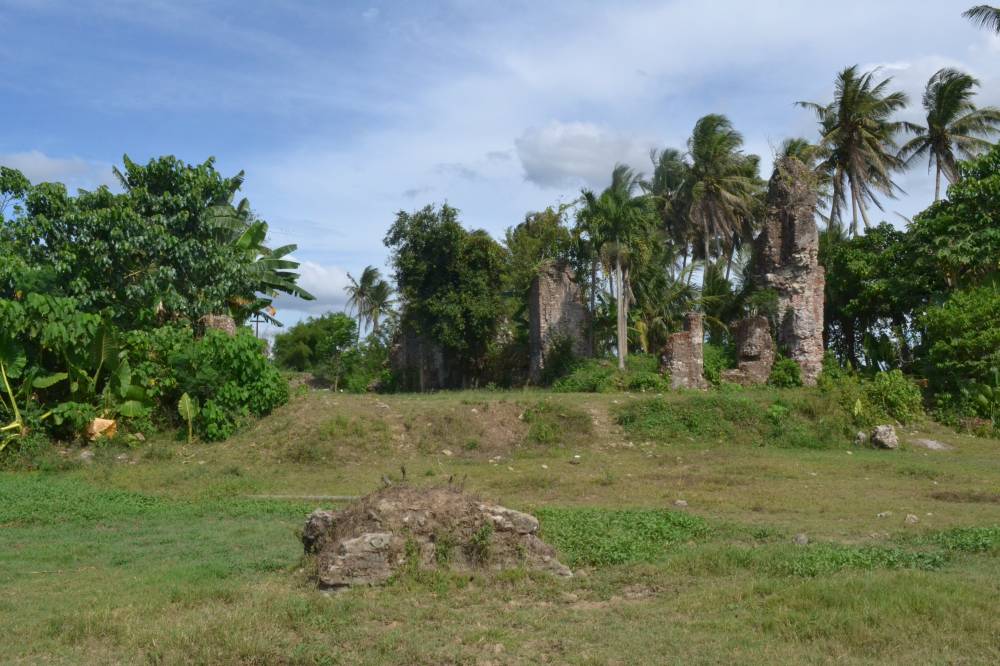
The latter is also home to ethnic groups Talaandig, Bukidnon and Manobo, with the Kalatungan range “recognized as an Indigenous Community Conserved Area since 2012, for its historical significance of the tribes that have become guardians of tradition and bearers of a unique identity in the park.”
The Taal volcano region, which includes many Batangas towns and Tagaytay in Cavite, “is outstanding example of significant ongoing ecological and biological processes in the evolution and development of ecosystems” and the towns, especially Taal, “demonstrate the blending of different cultures as a result of colonization in architecture and urban planning, reflected in grand houses and places of worship.”
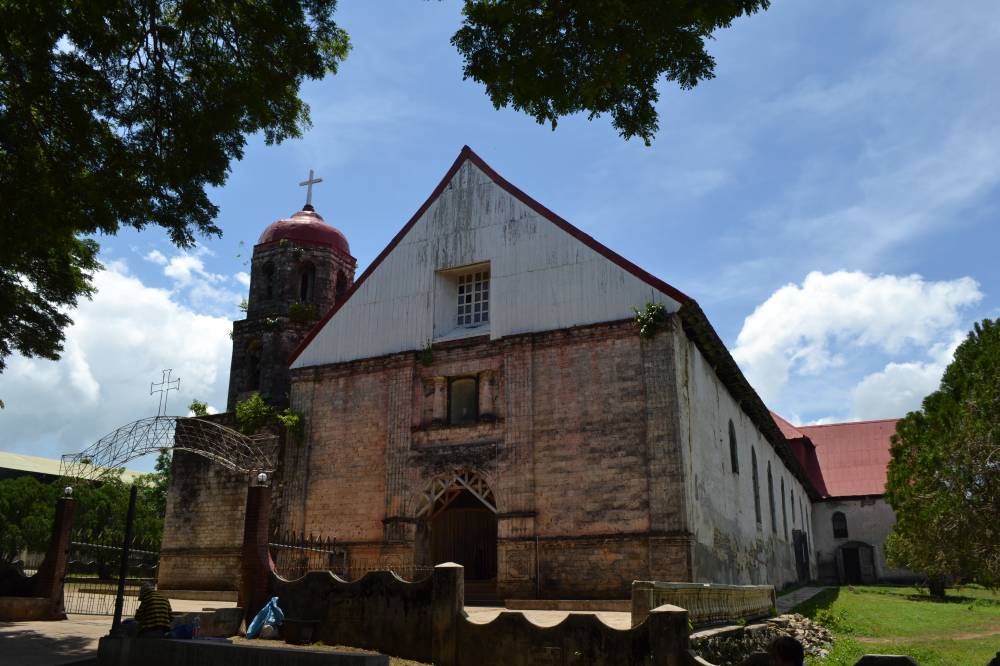
Also, both the DENR and NCCA note that “the transition of Taal Lake from a saltwater to a freshwater environment as a result of historically recent volcanic activity—and the resulting endemism and adaptation of its unique fauna—is unique in the world and captures the dynamism of the processes of evolution as a response to rapid geological change.”
Two of the saltwater to freshwater species noted are the Bombon sardine or tawilis and the rare sea snake called duhol matapang.
These sites will undergo a rigorous process through Unesco’s World Heritage Committee for possible inscription into the World Heritage List.
Unacom secretary-general Ivan Henares said his organization with NCCA and DENR will be “assisting these communities as they prepare their respective nomination dossiers” for world heritage inscription. —CONTRIBUTED INQ















































